Thessaloniki gets ready for its metro launch in November
The underground rapid transit lines have been under construction for almost two decades due to various project delays
 TheMayor.EU logo
TheMayor.EU logo 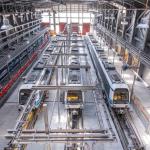
The underground rapid transit lines have been under construction for almost two decades due to various project delays

The cross pinnacle on the Tower of Jesus Christ will be ready to receive visitors in 2026 on the centennial of Gaudi’s death

Now you can get your wine in Talence by paying directly in Bitcoin

That’s because the state has to spend money on updating the railway infrastructure rather than subsidizing the cost of the popular pass

Steffen Romstöck said that he would respect the residents’ choice and would take over the helm of the municipality, even if he didn’t run
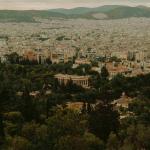
The measure, which will come into force from 1 January 2025, will be partial and temporary…for now
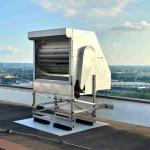
Rethinking renewable energy sources for the urban landscape

But operating them is still illegal under the country’s legislation

The examples, compiled by Beyond Fossil Fuels, can inform and inspire communities and entrepreneurs that still feel trepidation at the prospect of energy transition

Now you can get your wine in Talence by paying directly in Bitcoin

Rethinking renewable energy sources for the urban landscape

The examples, compiled by Beyond Fossil Fuels, can inform and inspire communities and entrepreneurs that still feel trepidation at the prospect of energy transition

The underground rapid transit lines have been under construction for almost two decades due to various project delays

Plus, it has a unique modular design that allows it to be shortened and lengthened like a train

At least, that’s the promise made by the mayor of Paris, Anne Hidalgo
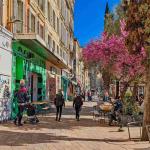
Despite its church-y name, the district has long been known as the hangout spot for the artsy crowds

At least, that’s the promise made by the mayor of Paris, Anne Hidalgo
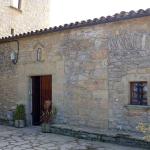
Hostal de Pinós is located in the geographical centre of the autonomous region

On the eve of the new academic year, the ranking considers several distinct but essential factors
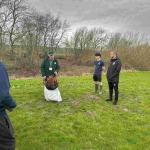

Following a successful trial phase, these quiet areas will now be available on all main routes in the country
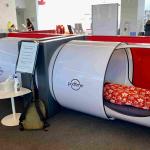
The academic institution shows a deeper understanding of the well-being of its students











Judenburg boasts a history spanning hundreds of years. Archaeological findings indicate that some of the first settlers in the region are from the early days of the Celtic kingdom of Noricum.
The city was first mentioned in documents dating back to 1074, in which it was designated as a market town - mercatum Judinburch. The role that the Jewish community played in the town’s early development can not be understated – exemplified by their representation in its coat of arms and its very name literally meaning “Jews’ Borough”.
The region around the town is rich in iron which made Judenburg an important trade and commercial centre of the Austro-Hungarian Empire.
The town covers a total area of 63.69 sq.km. and is the home to nearly 10,000 persons, according to the 2018 census. Judenburg is the administrative centre of the Murtal district, created following the merger of the Judenburg and Knittelfeld districts. In 2015, the municipalities of Oberweg and Reifling were also merged with Judenburg.
While Judenburg has been sharing the struggles of other industrial cities in Europe, including the migration of young people and depopulation it has been making strides in transforming its industrial and economic capacity into an environmentally friendly model, thereby attracting new companies and investments.

Judenburg boasts a very well preserved historic old town – dating back to the city’s glory days. Within it one can find the landmark of Judenburg – a 76-meter-tall City Tower, offering a panoramic view of the entire urban area. In the past, it has served as a watchtower looking out for fires, and it currently hosts one of Europe’s most modern planetariums.
Judenburg Town Hall